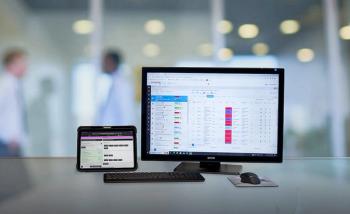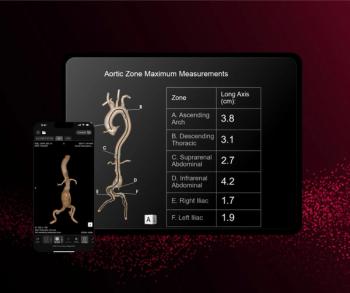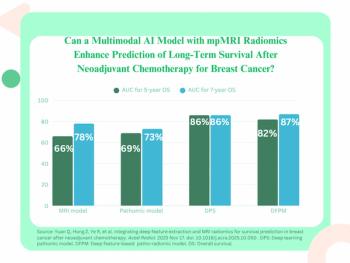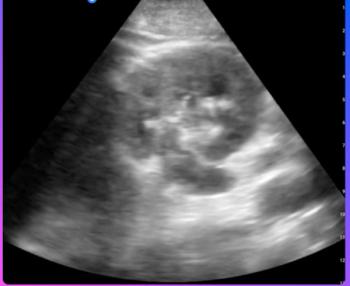
GE scores first Senographe installation
GE Medical Systems has made its first commercial installation of Senographe 2000D, the company’s full-field digital mammography system. The unit received the CE Mark for European regulatory clearance this spring (SCAN 3/17/99), and on Sept. 2
GE Medical Systems has made its first commercial installation of Senographe 2000D, the companys full-field digital mammography system. The unit received the CE Mark for European regulatory clearance this spring (SCAN 3/17/99), and on Sept. 2 Senographe was placed at Charite Hospital in Berlin. The Milwaukee-based firm plans to install more than 50 Senographes outside the U.S. by the end of the year.
Senographe 2000Ds digital detector is based on amorphous silicon flat-panel detectors manufactured in the companys plant in Santa Clara, CA, a joint venture between GE and EG&G Amorphous Silicon (SCAN 9/3/97) The detectors are then shipped to France, where they are incorporated into Senographe systems built at the companys x-ray and mammography factory in Buc.
Newsletter
Stay at the forefront of radiology with the Diagnostic Imaging newsletter, delivering the latest news, clinical insights, and imaging advancements for today’s radiologists.

























